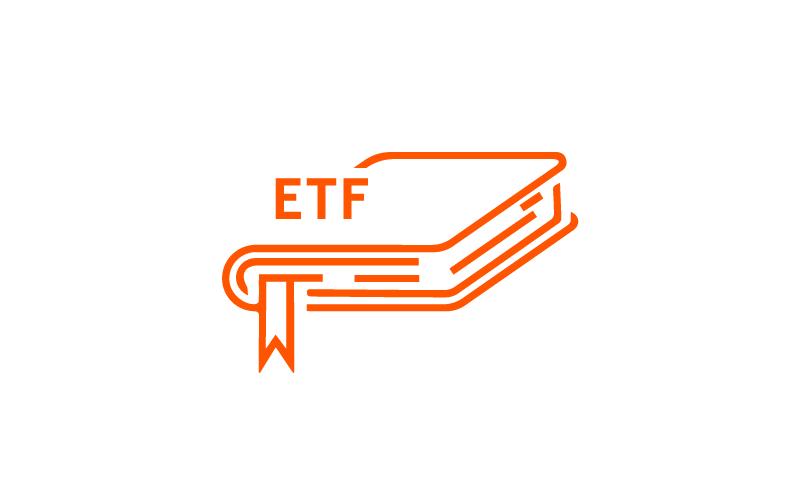Thematic ETF Report Q4 2019
Continuing the tradition of last quarter’s inaugural Thematic ETF Report, the Global X research team is pleased to release the Q4 2019 edition. The report recaps Global X’s classification system for disruptive themes and the thematic ETFs that track them. Further, the report provides industry-level analysis of the number of ETFs in the growing thematic space, new launches and closures, and trends in assets under management (AUM).
Thematic ETF Landscape – Q4 Recap
As of the end of Q4 2019, thematic ETFs only represented 0.6% of the over $4.4 trillion in AUM in the US ETF industry. Yet, it’s proving to be a fast-growing space, with 121 thematic ETFs and $27.8 billion in AUM in the aggregate. Thematic ETFs saw $326.7 million in net inflows during the quarter and overall AUM for the space grew by $2.7 billion (11%), boosted by performance. Dominant growth over value and a strong showing in the tech and health care sectors contributed to these gains.
During Q4, there were four single-theme ETF launches across four different themes: cybersecurity, gaming and esports, sustainable foods, and autonomous/electric vehicles. In addition, a multi-theme, fund of funds ETF launched with primary exposure to technology-related themes. From an AUM perspective, Disruptive Technology-related themes saw the most growth on an absolute basis ($2.0B), followed by Physical Environment ($0.6B) and People & Demographics ($0.2B) related themes.
Introducing Global X’s Thematic Classification System
Global X’s research team established a thematic classification system that provides a consistent framework for identifying disruptive themes and categorizing the thematic ETF space. Often, we have seen conflicting definitions of thematic investing in the media and financial world, which leads to confusion about which ETFs are thematic and what themes they are tracking. With the introduction of this classification system, we hope to provide more clarity around disruptive themes and their related ETFs.
Defining Thematic Investing
Global X defines thematic investing as the process of identifying powerful disruptive macro-level trends and the underlying investments that stand to benefit from the materialization of those trends.
By nature, thematic investing is a long term, growth-oriented strategy, that is typically unconstrained geographically or by traditional sector/industry classifications, has low correlation to other growth strategies, and invests in relatable concepts.
Notably, thematic investing does not consist of ESG, values-based, or policy-driven strategies, unless they otherwise represent a disruptive structural trend (e.g. climate change). Further, funds that adhere to traditional sector or industry classifications, or that are used primarily to gain exposure to cyclical trends (e.g. currencies, valuations, inflation) are not considered thematic. Finally, alternative asset classes, such as listed infrastructure, MLPs, and ubiquitous commodities are not considered thematic.
Classifying Themes
Global X’s thematic classification system consists of four layers of classifications: 1) Categories; 2) Mega-Themes; 3) Themes; and 4) Sub-Themes, with each layer becoming sequentially narrower in its focus.
‘Categories’ is the broadest layer and represents three fundamental drivers of disruption: exponential advancements in technology (Disruptive Technology), changing consumer habits and demographics (People & Demographics), and the evolving physical landscape (Physical Environment).
One layer down are ‘Mega-Themes,’ which serve as a foundation to multiple transformative forces that are causing substantial changes in a common area. Conceptually, Mega-Themes are a collection of more narrowly targeted Themes. For example, Big Data is a Mega-Theme that consists of Machine/Deep Learning, Cybersecurity, Quantum Computing, and Cloud/Edge Computing.
Further down, we identify ‘Themes’ as the specific areas of transformational disruption that are driving technology forward, changing consumer demands, or impacting the environment. There are currently 34 themes in the classification system.
‘Sub-Themes’ are more niche areas, such as specific applications of themes or upstream forces that are driving themes forward.

Thematic ETFs can target a specific category, mega-theme, theme, or sub-theme. Our categorization process seeks to find the best fit for a specific ETF, analyzing its methodology, holdings, and stated objectives. The thematic classification system is reviewed quarterly to consider new potential categories, mega-themes, themes, or sub-themes. As a new ETF launches or changes its strategy, its classification is evaluated immediately.
Conclusion
In an uncharted era of new technologies disrupting existing paradigms, demographics reshaping the needs of the world’s population, shifting consumer behaviors forcing changes to existing business models, and dramatic changes in our physical environment, we find that there is a growing need for a consistent framework to track these themes and the investment vehicles providing access to them.

